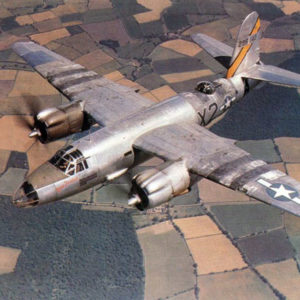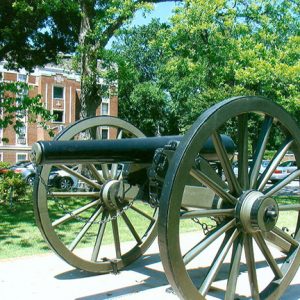Entry Category: Post Civil War - Starting with B
B-25 Bomber Crash of 1947
B-25 Bomber Crash of 1948
B-26 Bomber Crash of 1944
B-26A Bomber Crash of 1942
aka: Crash Site of AC 41-744
 B-26C Marauder
B-26C Marauder
B-47 Bomber Crash of 1960
 Elisha Baxter's Forces at Pine Bluff
Elisha Baxter's Forces at Pine Bluff
Bay of Pigs Invasion
Brooks-Baxter War
 Brooks-Baxter War
Brooks-Baxter War
 Brooks-Baxter War Cannon
Brooks-Baxter War Cannon
 Brooks-Baxter War Cartoon
Brooks-Baxter War Cartoon




